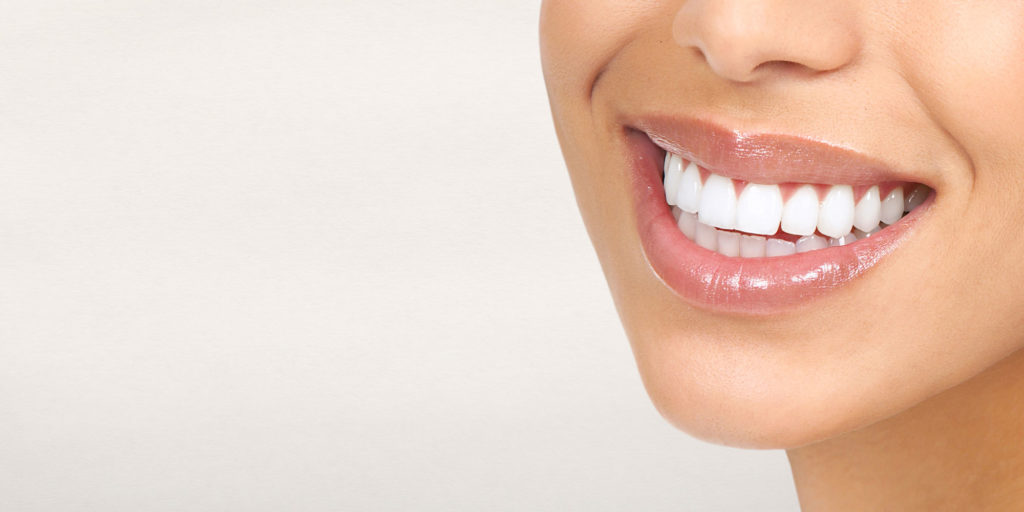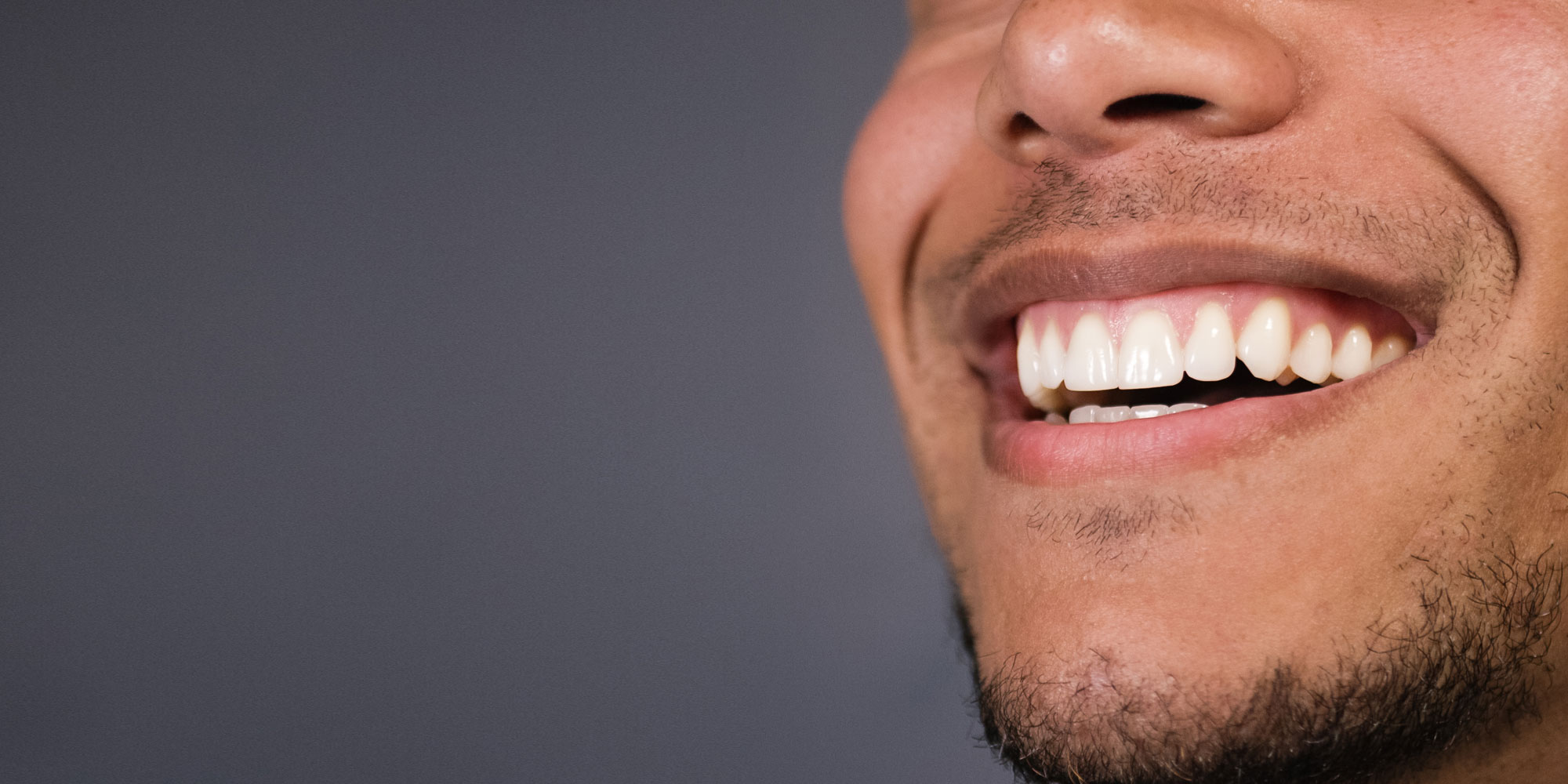

After wisdom teeth (third molars), canines/cuspids are the most frequent tooth to become displaced or impacted. About 2% of the population have an impacted upper canine tooth, most commonly on just one side. A shortage of space including existing crowded teeth, a baby tooth that hasn’t fallen out, and genetics are reasons why teeth don’t fully erupt. If an impacted tooth isn’t treated, a lesion can develop around the crown of the tooth. This can become infected and cause damage by putting pressure on the roots of adjacent teeth. Surgical exposure in Katy, TX is a procedure in which our periodontist assists eruption of an impacted tooth through the gumline. Surgical exposures are performed most frequently on canine tooth and wisdom teeth, followed by impacted central incisors. At Advanced Periodontics & Implants of Katy, Dr. Joseph Holland has successfully helped many patients restore full bite function and improve smile esthetics with surgical exposures in Katy, TX.
If upper canine teeth haven’t erupted by the time your teen is 13 years old, it’s important to bring them in for a consultation. Early detection reduces the risk of additional gum abnormalities, while prompt intervention with a surgical exposure in Katy, TX lessens the risk of procedural complexities. During this initial appointment, we’ll take digital x-rays in addition to performing a thorough exam.
Dr. Joseph Holland has successfully helped many patients restore full bite function and improve smile esthetics with surgical exposures in Katy, TX.

It’s fairly common to collaborate with an orthodontist on this procedure. If so, we bond an orthodontic bracket to the exposed tooth. The bracket has a tiny gold chain that is temporarily attached to an orthodontic arch wire. In most cases, we gently place the gum back in its original location and apply sutures, so only the chain remains visible as it exits a small hole in the gum. Shortly after surgery (1-14 days), your child will visit their orthodontist to have a rubber band attached to the chain. This exerts a light pulling force on the impacted tooth to help move it into proper position. This carefully controlled and slow process can take up to a full year to complete.

After the tooth has moved into its final position, we evaluate the gum around the tooth to assess if it’s sufficiently strong and healthy to provide a lifetime of chewing and brushing. In some instances, minor gum grafting may be required over the relocated tooth to keep the gum tissue healthy long term.
I understand the information disclosed in this form may be subject to re-disclosure and may no longer be protected by HIPAA privacy regulations and the HITECH Act.
